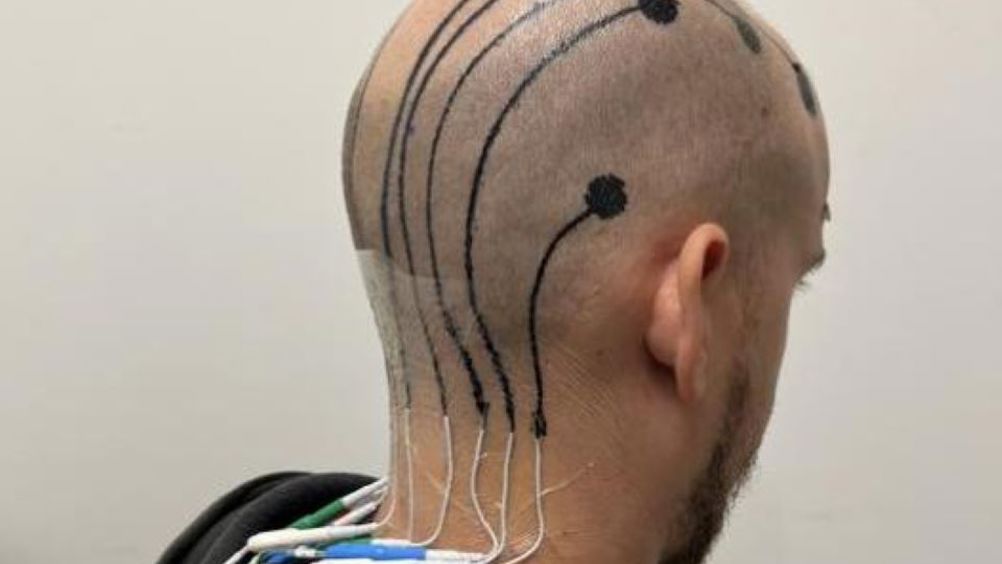Biocompatible ink could transform diagnosis of neurological conditions
Neurological conditions could be diagnosed via a biocompatible ink that can be printed onto a patient’s scalp to measure brain activity.

Detailed in Cell Biomaterials, the technology also has the potential to enhance non-invasive brain-computer interface applications.
“Our innovations in sensor design, biocompatible ink, and high-speed printing pave the way for future on-body manufacturing of electronic tattoo sensors, with broad applications both within and beyond clinical settings,” said Nanshu Lu, the paper’s co-corresponding author at the University of Texas at Austin.
Electroencephalography (EEG) is currently used to diagnose neurological conditions, including seizures, brain tumours, epilepsy, and brain injuries.
During an EEG test, technicians measure the patient’s scalp, marking over a dozen spots where they will glue on electrodes that are connected to a data-collection machine via long wires to monitor the patient’s brain activity. This setup is time consuming and cumbersome, and it can be uncomfortable for patients undergoing the EEG test for hours.
Lu and her team have been pioneering the development electronic tattoos (e-tattoos), that track bodily signals from the surface of human skin. Scientists have applied e-tattoos to the chest to measure heart activities, on muscles to measure how fatigued they are, and under the armpit to measure components of sweat.
Register now to continue reading
Thanks for visiting The Engineer. You’ve now reached your monthly limit of news stories. Register for free to unlock unlimited access to all of our news coverage, as well as premium content including opinion, in-depth features and special reports.
Benefits of registering
-
In-depth insights and coverage of key emerging trends
-
Unrestricted access to special reports throughout the year
-
Daily technology news delivered straight to your inbox










Water Sector Talent Exodus Could Cripple The Sector
Maybe if things are essential for the running of a country and we want to pay a fair price we should be running these utilities on a not for profit...